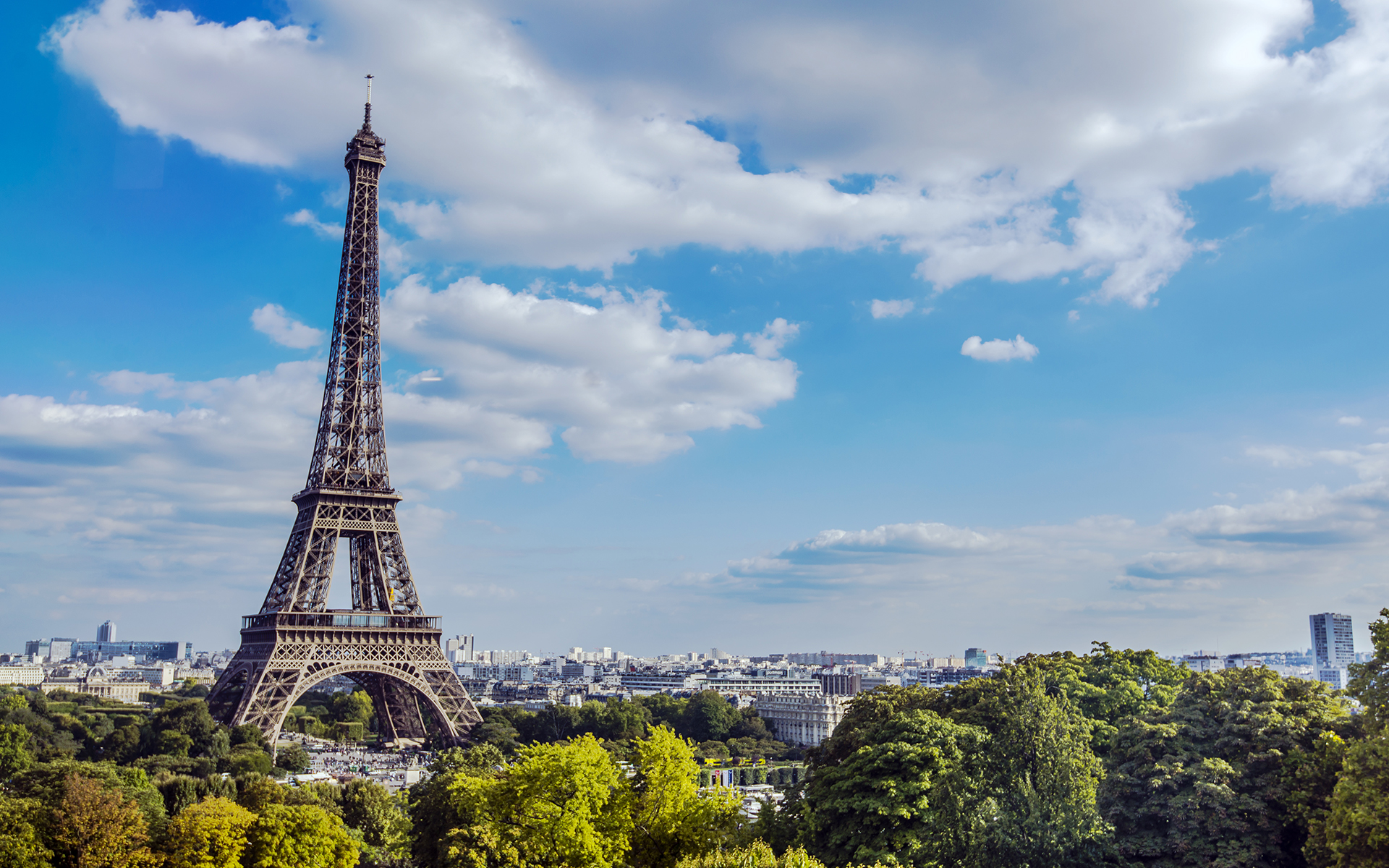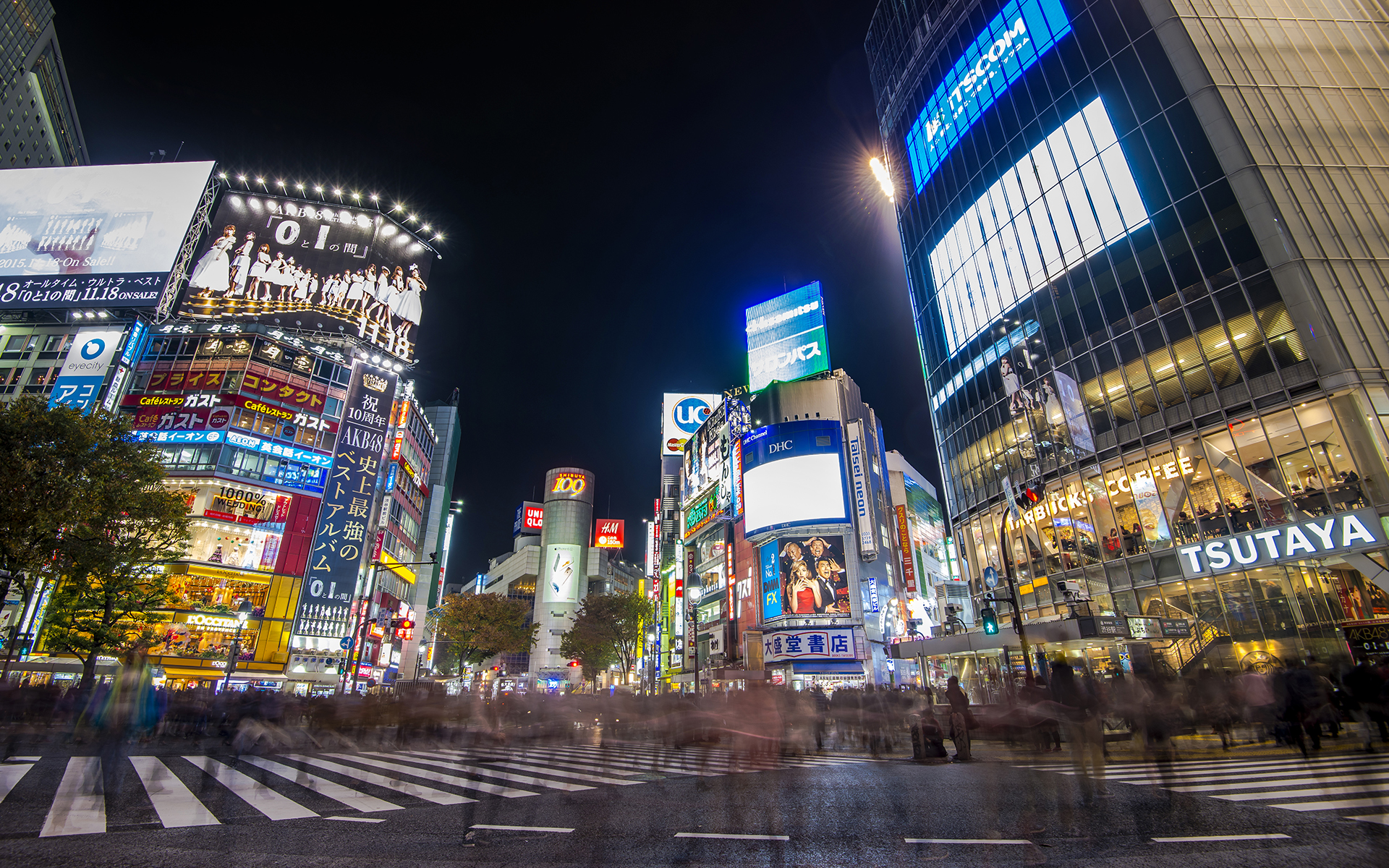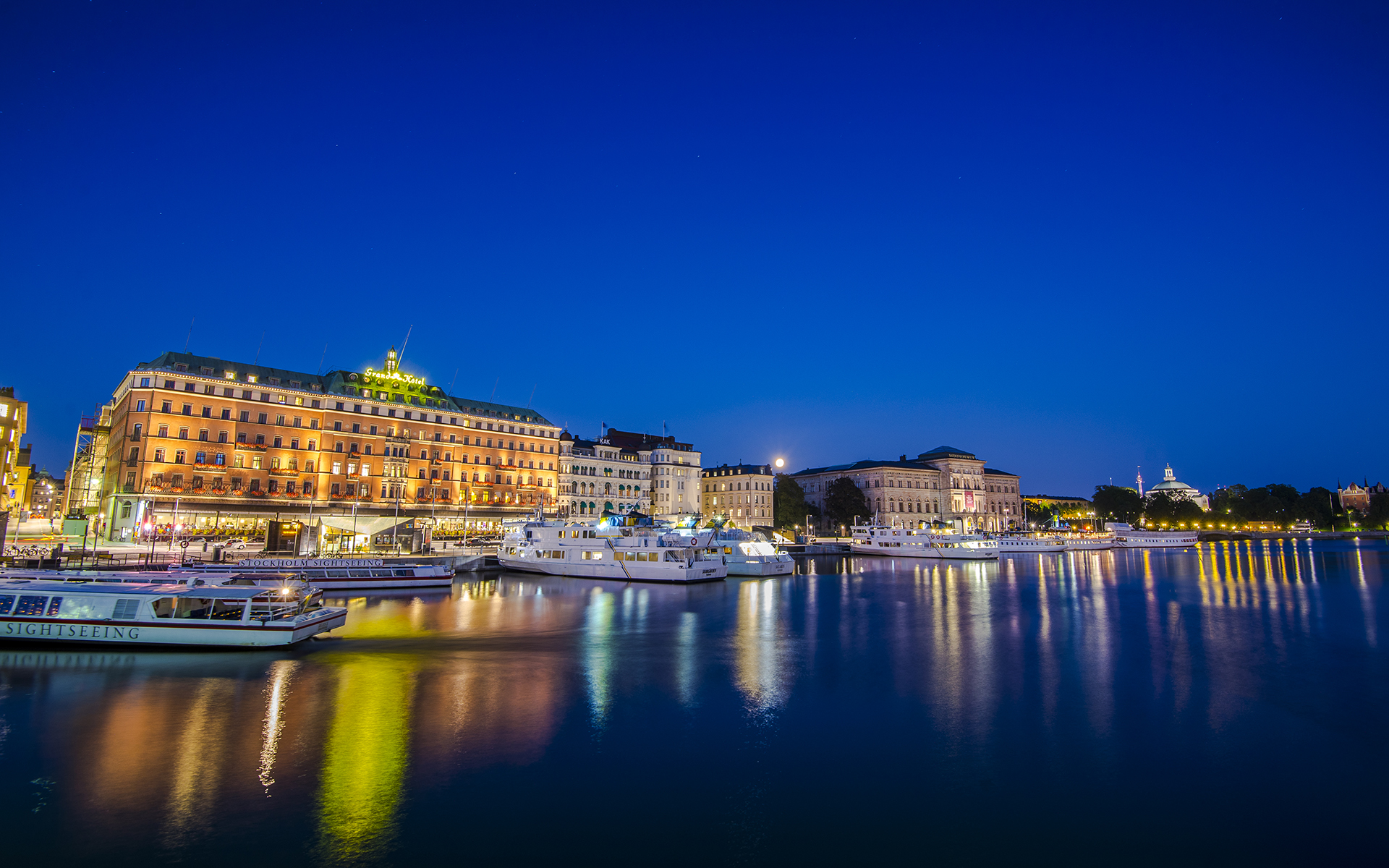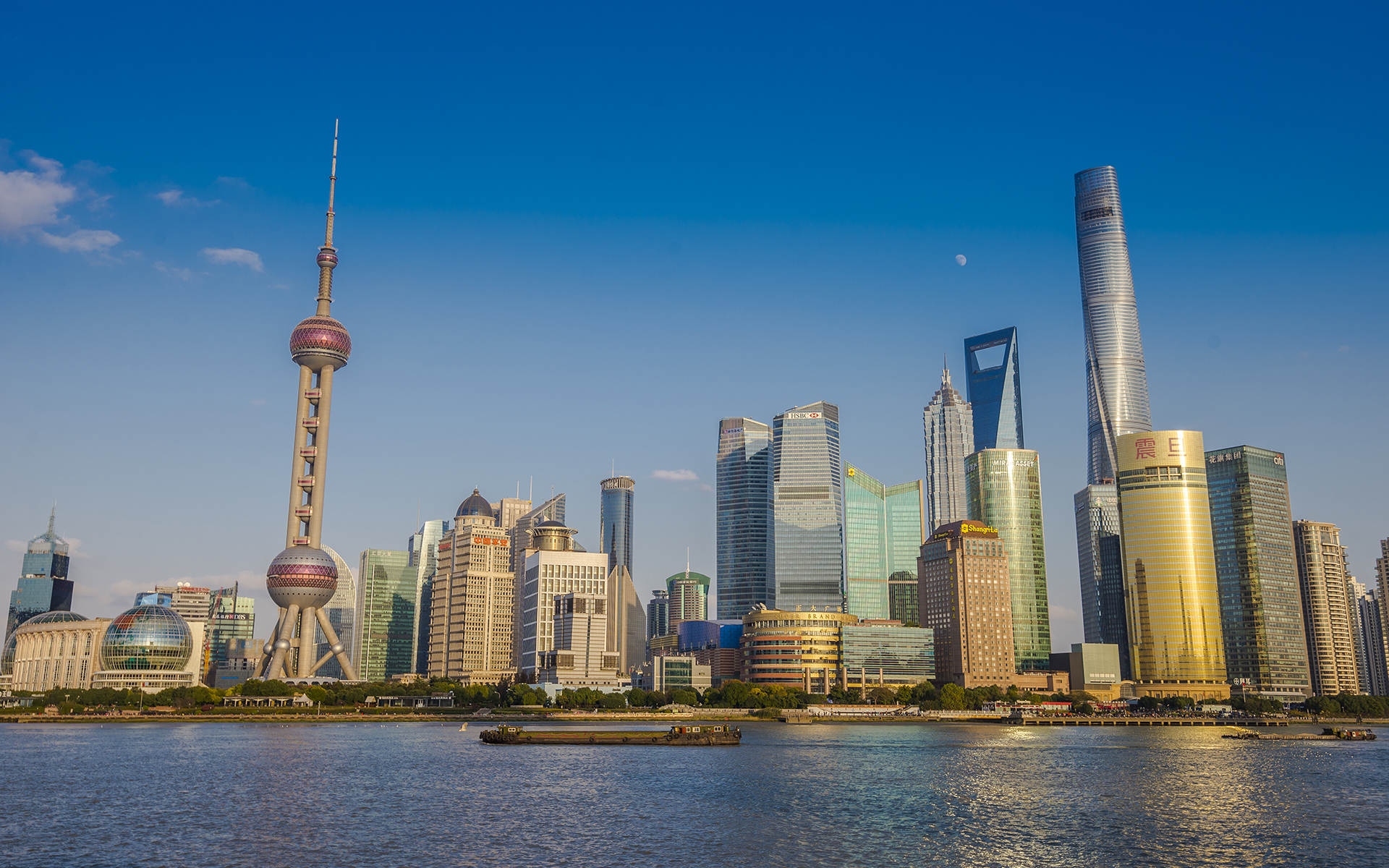Hong Kong: An Overview

HONG KONG, SPECIAL ADMINISTRATIVE REGION, CHINA
Welcome to the second installment of #TravelTuesday. Last week, we introduced you to the City of Lights. Today, we head in the other direction, across the Pacific, to a city that has been shaped by eastern and western influences. It's another favorite city of Jim's, and a city that I found pretty fascinating. So sit back and take a look at some of the things you can see in Hong Kong, a modern metropolitan city that's the blending of diametric cultures.
Transportation
I have no idea how many Chinese readers we have, but I'm going to guess that it's not that many. As such, if you're reading this and interested in visiting Hong Kong, there's a 99.9% chance you'll be arriving by plane. That means you'll be landing at Hong Kong International Airport (HKG), also called Chek Lap Kok, located on an island west of the actual metropolitan city. This Norman Foster-designed modern hub opened in 1998 and replaced an older airport located in Kowloon, the heart of old city Hong Kong. Today, it is one of the busiest airports in the world and operates around the clock.
Hong Kong International Airport has soaring terminal spaces and a very sleek, modern aesthetic.
Getting from the airport into the city is an absolute breeze, thanks to Hong Kong's exceptionally well designed metro system. There is an Airport Express line that takes visitors right into Kowloon--the mainland side of Hong Kong located on the north side of Victoria Harbor, as well as Hong Kong Island itself, located south of Victoria Harbor. Those who want to go directly to Hong Kong Disneyland have a couple of transfers, though: take the Airport Express to the "Tsing Yi" stop, transfer to the Tung Chung Line and take it to the "Sunny Bay" stop, then transfer a second time to the Disneyland Resort Line that takes guests right to the Hong Kong Disneyland Resort. A more direct bus is also available at the Coach Station at Terminal 2.
The Hong Kong International Airport and the main relevant stops of the MTR Airport Express are shown, with Hong Kong Disneyland and Ocean Park located for reference.
The Metro system itself offers a very convenient and easy to figure out way to travel around Hong Kong. I was incredibly impressed at the design of, well, everything. The Hong Kong Metro is modern, clean, well lit, and very efficient. The signage at the stations and on board trains is visually distinctive and clear to read, not to mention consistent and intuitive. It functions similarly to most metro systems I've been through--identify the line to take, identify the terminus point to figure out the direction, and identify which stop to get off--but everything is just so very clear. And although not every line connects to everything else, where transfers are required, the trains always seem to be timed to arrive in concert, so that guests can disembark one train, walk across the platform to another waiting train, and continue along the way. The MTR is definitely a model system for any other city to use if it wants to know how to design and run a great public transportation network.
The Hong Kong MTR is one of the world's leading light rail systems.
Payment for the MTR is also straightforward: obtain an Octopus Card at any station (or 7-11... they're everywhere in Hong Kong), load it up with credit, and use it as a debit card to charge per trip. Different rates apply depending on the origin and destination and any transfers in between--the longer the trip, the more the cost (which is fair). You can also purchase single trip passes, the using the Octopus Card offers a slight discount per leg compared to single trip passes. In addition, the Octopus Card can also be used in lieu of cash at convenience stores, fast food restaurants, grocery stores, vending machines, parking structures, and other locations commonly used by consumers.
Traveling the waterways is also common in Hong Kong, which is connected by the sea. Also... BATMAN BUILDING!!!! (International Finance Centre)
Another popular method of navigating the city--at least between Kowloon and Hong Kong Island, is to take a ferry or junk boat. Ferries can either serve as basic transportation or as water-based tours of the city--or both (Star Ferry is one popular example)! Junk boats represent China's nautical history in trade and exploration, but today, they're very much a tourist experience to allow a trip aboard something authentic. Of course, with that experience comes a premium--think of them as sort of like the gondolas of Venice (though not as expensive, or probably romantic). Still, they're a fun way to travel. Neither the junk boats nor the ferries function off of Hong Kong's metro system, however. Those will have to be paid separately.
Attractions
When I was planning my visit to Hong Kong last year, I divided the city into three geographical categories:
- Kowloon (the old city on the "north side" of Hong Kong)
- Hong Kong Island (the newer and more glamorous area)
- Everything Else (which is exactly what it sounds like and includes places like Lantau Island, Hong Kong Disneyland, and Macau)
Kowloon provides a sense of the old city. Well, not super old, but older than Hong Kong Island.
In terms of general points of interest, like any international city, Hong Kong offers a great variety of sights. From sleek architectural highlights to gritty neighborhoods to informative museums to verdant parks, there is plenty to explore and plenty to demonstrate the melting pot between old and new, east and west, into which Hong Kong has developed.
Architecture & Monuments
Because I'm an architect, I always seek out interesting buildings or structures when I travel, and Hong Kong offers no shortage of these:
- International Commerce Centre
- Tsim Sha Tsui Clock Tower
- International Finance Centre
- Hong Kong Central Library
- Central Plaza
- Bank of China Tower
- HSBC Building
- Hong Kong Convention and Exhibition Centre
The Tsim Sha Tsui (pronounced more like "jeem sah juoi" in Cantonese) Clock Tower.
I.M. Pei's beautiful Bank of China Tower is a symbol of the city.
The Hong Kong Convention and Exhibition Centre seems to take flight along the Victoria Harbor.
Museums & Entertainment
Hong Kong also has a nice mix of museums covering art, history, and technology:
- Hong Kong Museum of History
- Hong Kong Science Museum
- Hong Kong Space Museum
- Hong Kong Museum of Art
The Hong Kong Cultural Centre is a performing arts complex with striking architecture.
Those interested in other forms of the arts can explore:
- Hong Kong Cultural Centre
- Avenue of Stars
- Symphony of Lights
Symphony of Lights is a free nightly music and light show that takes place across the colorfully lit towers of Hong Kong Island and is viewed from the waterfront along Tsim Sah Sha Tsui on the Kowloon side of Hong Kong.
Shopping
Unique in Hong Kong is its variety of street fairs and markets where tourists and locals alike can find jewelry, clothing, technology accessories, toys, fashion bags, and more--either genuine or of the knockoff variety. These markets are, to be frank, rather regular in the city, but they're not something most visitors are used to. But Hong Kong also has high scale shopping districts for those who want to immerse themselves in a more Western vibe. Examples of both include:
- Temple Street Night Market
- Jade Market
- Ladies Market
- Stanley Market
- Times Square
The Temple Street Night Market isn't glitzy, but good hagglers can get good deals.
Times Square Hong Kong is patterned after the world-renown New York City inspiration.
Religious Establishments
Hong Kong's geographical location in the Far East means it, like much of China, has a large Buddhist influence. As such, these locations make up the city's more prominent religious tourist sights:
- Man Mo Temple
- Lo Pan Temple
- Che Kung Temple
- Tian Tian Buddha and Po Lin Monastery
Man Mo Temple is one of Hong Kong's historic landmarks and is located on Hong Kong Island.
Parks
Parks provide a welcome break from Hong Kong's dense urban infrastructure. Relieving the vertical architectural jungle with more natural vegetation and plantlife (and sometimes wildlife), these parks function as oases in the city:
- Kowloon Walled City Park
- Kowloon Park
- Victoria Park
- Hong Kong Zoological and Botanical Gardens
- Hong Kong Park
Kowloon Park offers nature in the middle of the city, including some zoological exhibits.
Hong Kong also has two famous theme parks--one famous to the outside world, the other being the actual more popular park for locals!
- Hong Kong Disneyland
- Ocean Park
Hong Kong Disneyland shares a lot of similarities with the original Disneyland but might have the best natural setting of any Magic Kingdom park.
Ocean Park is a bit like Sea World meets Six Flags and is actually the more popular park among locals because of its longer and more established history as an attraction.
Neighborhoods and Tourist Destinations
Those who simply like exploring the city will have a nice variety to appease them. Kowloon is gritty, rough around the edges, but distinctly authentic to Hong Kong's Asian side. Hong Kong Island offers more of the British impact, with sleek skyscrapers, vibrant nightlife, and trendy establishments. Examples of both include:
- Nathan Street
- Mong Kok
- Tsim Sha Tsui Waterfront
- Central District
- Mid-Levels Escalators
- Lin Kwai Fong
- Stanley
The Central-Mid Levels Escalator and Walkway System is the world's longest covered outdoor escalator system in the world and connects the multiple tiers of geology in urban Hong Kong. It spans nearly half a mile and takes pedestrians up a vertical elevation gain of nearly 450 feet.
And for tourist attractions that I can't quite categorize elsewhere, we have these (and more):
- Victoria Peak & Sky Terrace 428
- Repulse Bay
- Ngong Ping 360 Cable Car
Perhaps the most popularly photographed view of Hong Kong comes from Victoria Peak.
On Lantau Island, not too far from the airport, the Ngong Ping 360 Cable Car transports guests up to the Tian Tian Buddha.
Money
Hong Kong uses the Hong Kong Dollar (HKD) as its standard of currency. Though part of China, Hong Kong retains a measure of autonomy and thus does not share in the Chinese Yuan. Factoring in the currency conversion, costs in Hong Kong average out on par with that of a typical U.S. metropolitan city like Los Angeles, though it depends on the item in question. Eating out is generally cheaper, but shopping seems to be a little more expensive. Tourist destinations seem to be about level with what I've seen elsewhere--there are some overpriced locales, some appropriately priced, and also a good amount of free attractions.
It is important to reiterate that Hong Kong is very much a cash economy. There are not very many places that accept credit cards (Hong Kong Disneyland and Ocean Park were rare exceptions, and I'm sure that high end stores also allow cash alternatives). Even charging an Octopus Card requires cash in many locations. On the other hand, as mentioned earlier, the Octopus Card does work at a lot of services throughout the city. But visitors to Hong Kong would be very wise to have HKD on hand before they land. Do not bank on being able to get around just on one's own plastic, though if cash is needed, there are 7-11's everywhere that offer ATM's for cash withdrawal (in addition to bank ATM's, of course).
As far as dining goes, tipping is not a standard practice in Hong Kong. You'll find this common in probably all of the city overviews I'll be doing for a while. Some restaurants may tack on a service fee, though this is rare. Suffice to say that the total on the bill is the amount expected to be paid, and no more. Also don't forget to try out the wide variety of delicious street food sold pretty much anywhere. It's an authentic taste of Hong Kong cuisine!
Communication & Customs
For westerners unfamiliar with Asian customs, Hong Kong offers a great, non-intimidating introduction into Asia. Thanks to its British colonization, the city has tremendous Western qualities and plenty of signage and way-finding in English. Spoken English is certainly prevalent, and public announcements tend to be bilingual or even trilingual (English, Cantonese, and Mandarin). There are few cities in Asia that will better ease a Westerner's visit than Hong Kong.
Signs (often literal) of east and west abound in Hong Kong.
So as you can see, Hong Kong also offers plenty of sights and adventures. A trip here can easily last several days to a week, depending on how much one wants to explore and the pace one seeks to take. But the area can also be taken in on whirlwind tour of a couple of days. It's versatile that way!
That's today's #TravelTuesday. Stay tuned next week as we take you on a cursory view of another city somewhere on this planet (but pretty much Europe, Asia, or North America).
Architect. Photographer. Disney nerd. Haunt enthusiast. Travel bugged. Concert fiend. Asian.




